The international speakers assembled early on Thursday morning to make the final journey to Nankai University, Tianjin. After a flight and a two hour journey on the ChemComm minibus, we arrived at our hotel directly opposite the entrance gates to Nankai University. The first thing that struck us about the hotel was the enormous rooms. I actually got lost in mine between the two bathrooms, the study and the lounge area. Apparently they were all like this – what a hotel!
After a formal dinner with our host Professor Qilin Zhou (Director of the State Key Laboratory of Elemento-organic Chemistry and member of the Chinese Academy of Sciences), most retired to bed but Professor Rawal, Professor Maruoka and I were taken to a live Chinese comedy show. Lots of clapping with plastic clapping hands, much laughter and, of course, all sketches in Chinese. It was a great experience even if we did not understand anything apart from ‘hello’ and ‘thank you’.
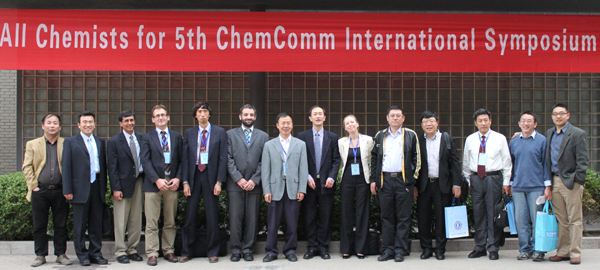
The following day started with eager anticipation as an audience in excess of 100 watched Professor Feringa give his final scientific presentation on motors and switches. He was followed by local Professor of Energy, Yun Chen, who spoke about some of his latest research into new nanomaterials for batteries, a key challenge with the ever increasing energy demands around the world. Before lunch, Veronique Gouverneur gave her presentation looking at the latest developments in organofluorine chemistry.
 After lunch, the five poster judges took to their duties for one last time with each asked to examine ten posters and select just one. With the final five selected it was left to Professors Feringa and Maruoka to rank the winners. All five received money from the State Key Lab thanks to the generosity of Professor Zhou, plus journal subscriptions and books from the RSC, amongst other things, as additional gifts.
After lunch, the five poster judges took to their duties for one last time with each asked to examine ten posters and select just one. With the final five selected it was left to Professors Feringa and Maruoka to rank the winners. All five received money from the State Key Lab thanks to the generosity of Professor Zhou, plus journal subscriptions and books from the RSC, amongst other things, as additional gifts.
The scope of the meeting then switched to green chemistry as Professor Buxing Han spoke about his latest research using ionic liquids, supercritical fluids and a mixture of the two as solvents for organic reactions. Professor Han was followed by Professor Rawal who gave his third different talk in five days covering his group’s total synthesis of a member of the Welwitindolinone group of natural products. This was a particularly insightful talk as Professor Rawal not only discussed things that worked but also routes that had failed. There was certainly a good lesson here for total synthesis students, namely things may not always work out but perseverance is the key to success.
In the last session of the day, Professor Maruoka spoke about some of his latest results in the field of organocatalysis. He was followed by Zhen Yang who gave a second total synthesis masterclass. The retrosynthetic analysis slides certainly gave me a trip down memory lane and the overall synthesis in 26 steps (micrandilactone) showcased the real power of organic chemistry and the creative thought processes needed to succeed.
After the poster presentations had been made, the speakers and other key faculty members walked to a very famous restaurant called Goubuli for steamed dumplings. They are a local speciality, filled with vegetables, fish and, traditionally, pork. Normally six is enough, but I was proud to exceed the average! The other highlight of the dinner was the stinky tofu, a delicacy providing you can get past the tremendously bad smell, much stronger than the bluest blue cheese. This was a real challenge – the stink was just so bad!
After dinner, the speakers and faculty members retired to a German bar for one last drink to celebrate the day and the past week. Over the course of the seven days we had travelled many thousand of miles, seen 21 scientific talks covering many different aspects of the chemical sciences, with a total audience close to 700 and nearly 200 posters judged. All in all, it was a great week and the only thing left to do is to thank all the speakers and, of course, the local hosts, without whom none of this would have been possible.
Robert Eagling
View the Nankai Symposium schedule
Related posts:
Comments Off on Final stop for the ChemComm Symposium
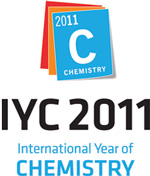


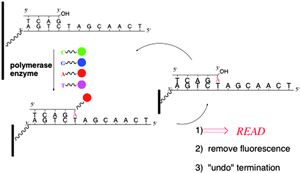










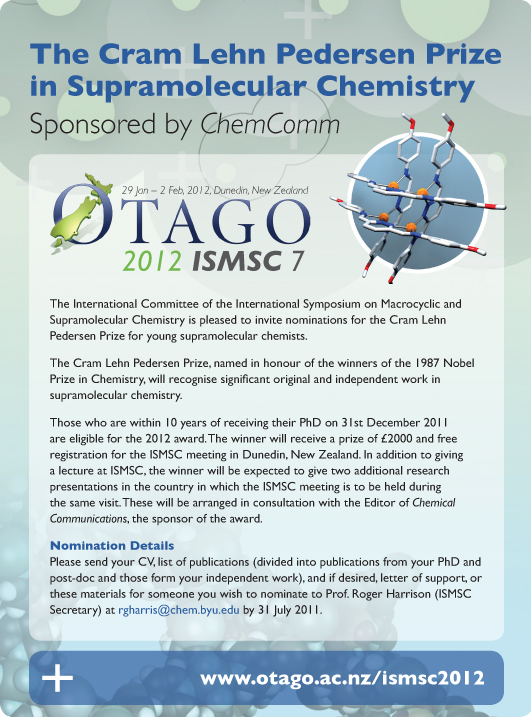
 Cong Li, at Fudan University, Shanghai, and colleagues have made a dendrimer-based nanoprobe called Den-Angio that can cross the blood-brain barrier. It can be used in the magnetic resonance imaging of brain tumours and should make it easier for doctors to distinguish cancerous tissue from healthy cells when cutting out the tumour.
Cong Li, at Fudan University, Shanghai, and colleagues have made a dendrimer-based nanoprobe called Den-Angio that can cross the blood-brain barrier. It can be used in the magnetic resonance imaging of brain tumours and should make it easier for doctors to distinguish cancerous tissue from healthy cells when cutting out the tumour.
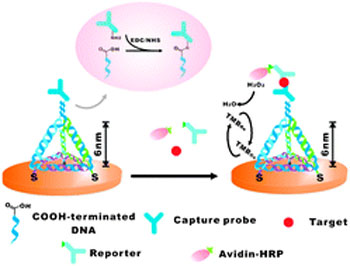




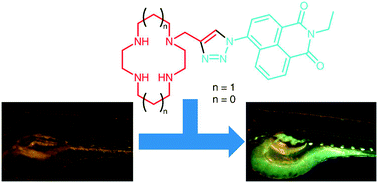 Zinc anions are ubiquitously present in the body and involved in many metabolic pathways affecting the proper functioning of the immune system, DNA transcription, reproduction, sexual development, brain function, and more roles are uncovered by studies worldwide.
Zinc anions are ubiquitously present in the body and involved in many metabolic pathways affecting the proper functioning of the immune system, DNA transcription, reproduction, sexual development, brain function, and more roles are uncovered by studies worldwide.